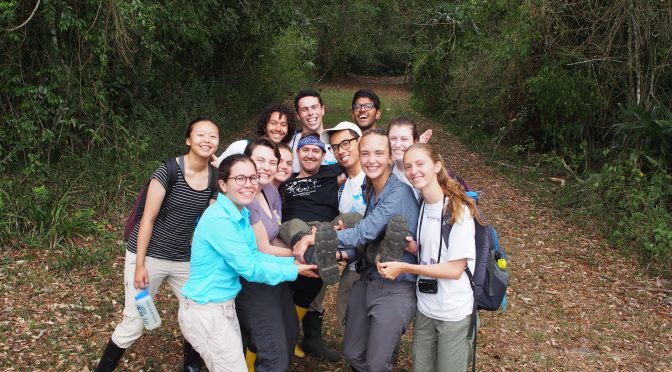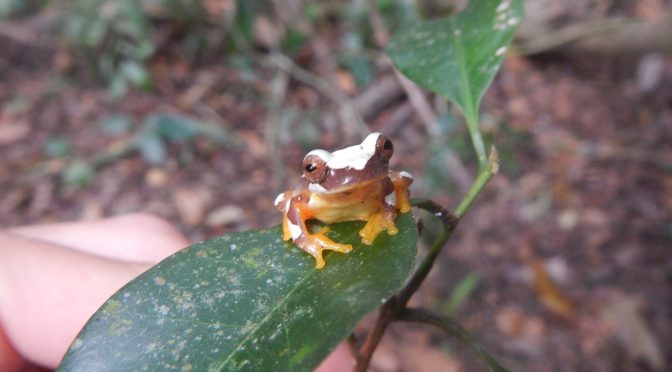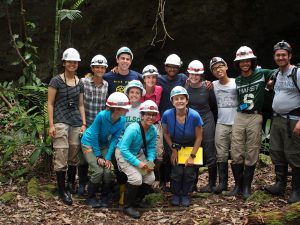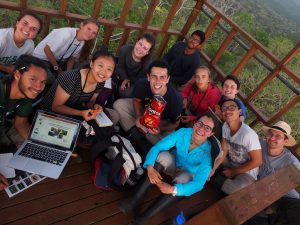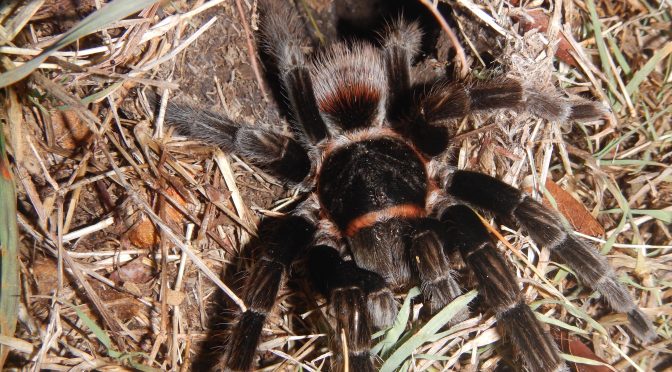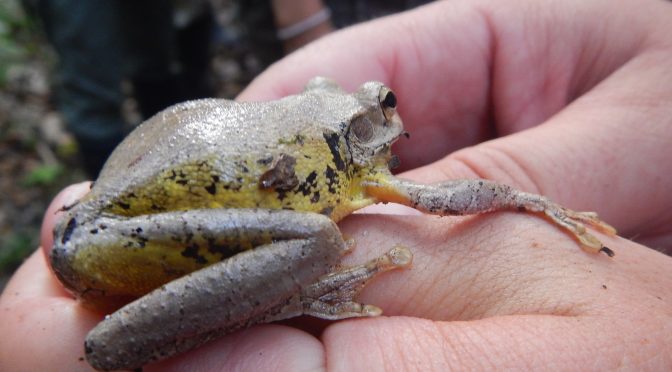One of the most striking similarities in between the Rainforest and the Coral reef, is the sheer number of microclimates that each organism has specialized into. Both the rainforest and the coral reef have such wide levels of biodiversity because each organism has adopted a tiny niche. Both environments also exist in a nutrient deficient state. The rainforest has low nutrient enrichment in its soils. The coral reef also exists in a low nutrient environment. Both exist in states of nutrient deficiency due to a high turnover rate and the sheer number of organisms that need those nutrients.
The rainforest and the coral reef seem to have very similar structures. I have observed that the canopy of the rainforest is similar to the hard coral structure of the reef. Both the canopy and the hard corals support large amounts of life. However, there is even more life teeming underneath in the crevices of the coral and in the understory of the rainforest. By setting pitfall traps and shifting the dead coral pieces while looking for urchins, I got to see a whole new side of both environments. I learned that there is a huge diversity of invertebrates on the forest floor and that for every organism I see on the surface of the coral reef there are ten more underneath.
One of the major differences that I have noticed in the rainforest and on the coral reef, is that the rainforest appears to be more stratified. The organisms in the rainforest that exist in the canopy are rarely found on the forest floor. On the other hand, the fish that are swimming above the coral reef at one moment can be found in a crevice the next. I believe that the water filled environment of the reef allows for greater movement of organisms between the different sections of the coral reef.
I expected that I would really enjoy EBIO 319, but would prefer the marine part of the course! However, I ended up loving the rainforest section equally as well as the marine. Furthermore, I didn’t really expect our class to click as well as it did. I think that by the end of the trip, we all had become good friends. On a side note, I expected that I would leave the rainforest as one giant mosquito bite. However, I didn’t get a single mosquito bite while in the Chiquibul. Similarly, I didn’t expect the rainforest to be so cold. I had to put on a sweatshirt most mornings in the rainforest.
My favorite part of the course was the ATM cave. It was one of the coolest things I have ever done! I also loved designing our own experiments and applying them in the field. I loved that we were given the freedom to see what worked and didn’t work in each study. My least favorite part of this course was of course leaving. I wish that I could stay in Belize forever. I also didn’t love the Christmas tree worm study, but that was primarily due to the very low density of worms!
While I know that I won’t remember won’t remember the details from the presentations or taxon briefings five years from now, I will remember some of the most important guidelines to being a TFB. Rule number one: When you are in the field, things will inevitably go wrong. You must always be prepared for a change in plans and to think of a way to fix a problem like using a vine to tie a camera trap to a tree. Rule Number 2: Always carry a headlamp, a snack, and water! You never know when you will be making it back to base camp and should always be prepared to spend the night in the woods. Rule number 3: always bring plastic bags! There were countless times on the trip that I found my self wishing for a plastic bag to hold wet clothes or to organize equipment. The most important thing I learned is that I love doing field work and want to pursue become a tropical field biologist in the future!


